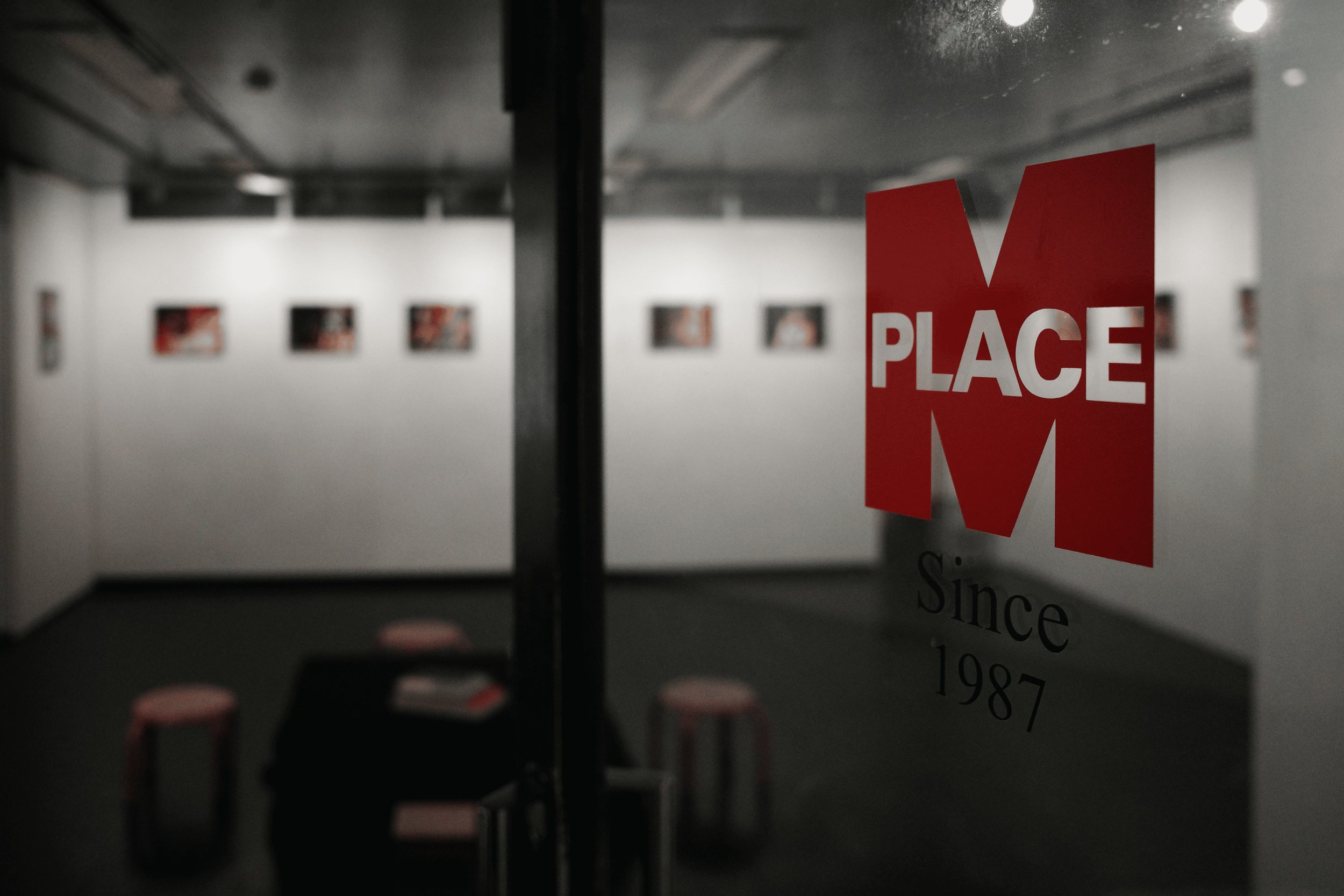
Exhibition Documentary
June ‘25
《Night Patrol: Documentary on Taiwan’s Qingshan Temple Procession》is an internationally awarded photojournalism (New York Photography Awards 2024) series that visually recreates the solemnity and liveliness of the “Night Patrol” procession during the annual festival at Monga Qingshan Temple. The series delves into Taiwanese temple culture. This exhibition focuses on the religious and community activities rooted in Monga (present-day Wanhua District, Taipei City) since the mid-18th century, examining how faith has become the core of local culture, a testament to history, and a symbol of social cohesion.
The festival at Monga Qingshan Temple originates from the historical background of a large influx of immigrants from Quanzhou Prefecture settling in Monga in the 18th century. They intermarried with the local Pingpu people, leading to population growth and prosperity. Ling’an Zunwang (King Qingshan) was an important symbol of faith for these immigrants and served as the guardian deity of the Hui’an region in Quanzhou. King Qingshan is believed to be General Zhang Gun from the Five Dynasties and Ten Kingdoms period. Admired for his strict military discipline and compassion for the people, he was said to have performed numerous miracles after his death. This faith was passed down from Quanzhou to Monga and continues to this day through the annual Qingshan King Festival held every year in the 10th lunar month.
The festival is broadly divided into two main stages: “Night Patrol” and “Day Procession.” “Night Patrol” is conducted on the eve of the festival in the southern and northern regions of Wanhua. It is believed that Ling’an Zunwang patrols during the night to discern good and evil, dispel epidemics, and suppress malevolent forces. This ritual involves a deity’s palanquin proceeding through the streets, guarded by the Eight Generals and palanquin groups. Through this ritualistic process that connects the realms of yin and yang, prayers are offered for the peace and safety of the community.
《暗訪:台湾艋舺青山宮遶境映像記録》は、国際的に評価された写真ジャーナリズムシリーズ(New York Photography Awards 2024受賞)であり、艋舺青山宮の年に一度の祭典における「暗訪」遶境(夜間巡行)の荘厳さと賑やかさを視覚的に再現した作品です。このシリーズは台湾の廟文化に深く切り込み、本展覧は、18世紀中期以来、艋舺(現・台北市萬華区)に根付いた宗教および地域社会の活動に焦点を当て、信仰がいかに地域文化の中核、歴史の証、そして社会的結束の象徴となったかを考察するものです.
艋舺青山宮の祭典は、18世紀に大量の泉州府出身の移民が艋舺に定住した歴史的背景に由来する。彼らは現地の平埔族と婚姻関係を結び、人口の集中と繁栄をもたらした。靈安尊王(青山王)は、彼ら移民の重要な信仰の象徴であり、泉州惠安地域の守護神だった。青山王は五代十国時代の将軍・張悃であるとされ、厳格な軍規と民を慈しむ姿は人々に称賛され、没後に数々の霊験を示したと伝えられている。この信仰は泉州から艋舺へと受け継がれ、毎年旧暦10月に開催される青山王祭典を通じて現在に至るまで続いている。
祭典は「暗訪」と「正日遶境」の2段階に大きく分かれる。「暗訪」は祭典の前夜に萬華の南地域と北地域で行われ、靈安尊王が夜間に善悪を見巡り、疫病を払い、邪悪なものを鎮めると信じられている。この儀式は八家将や神輿団などの陣頭に守られた神輿が街路を進むことで行われ、陰陽両界をつなぐ儀式的なプロセスを通じて地域の平安を祈願する。












